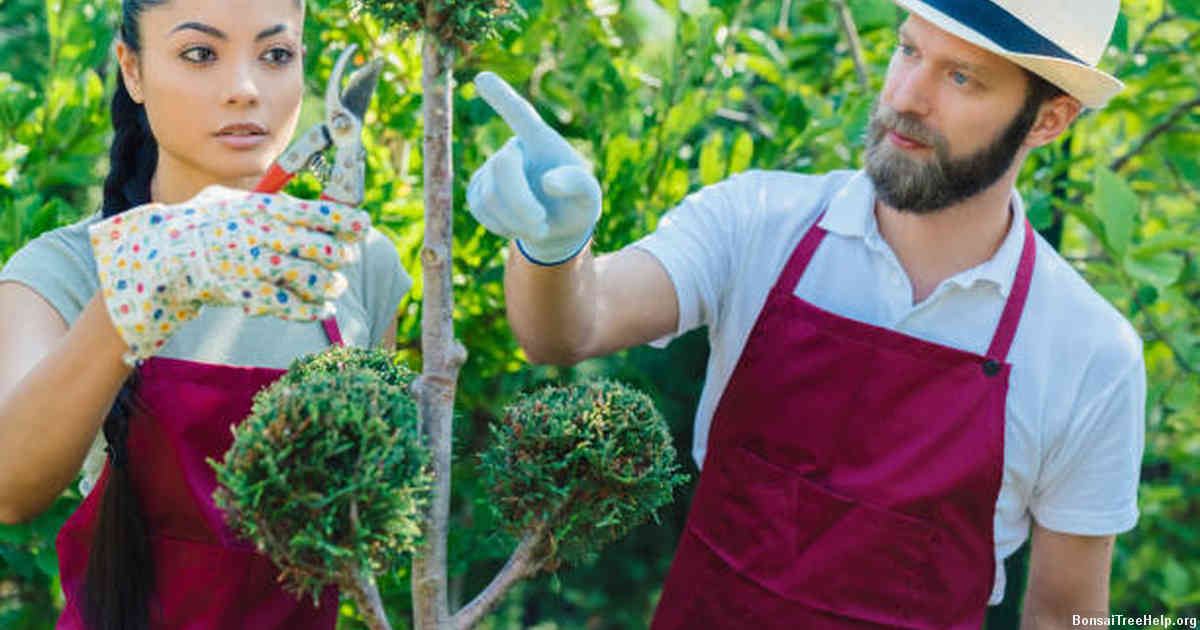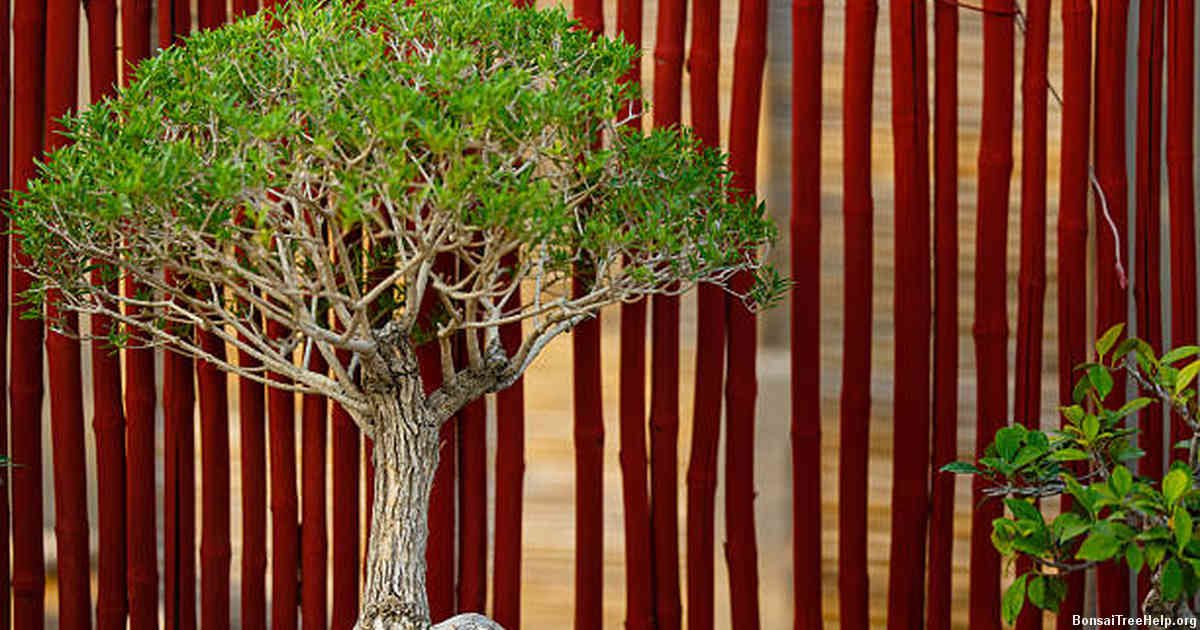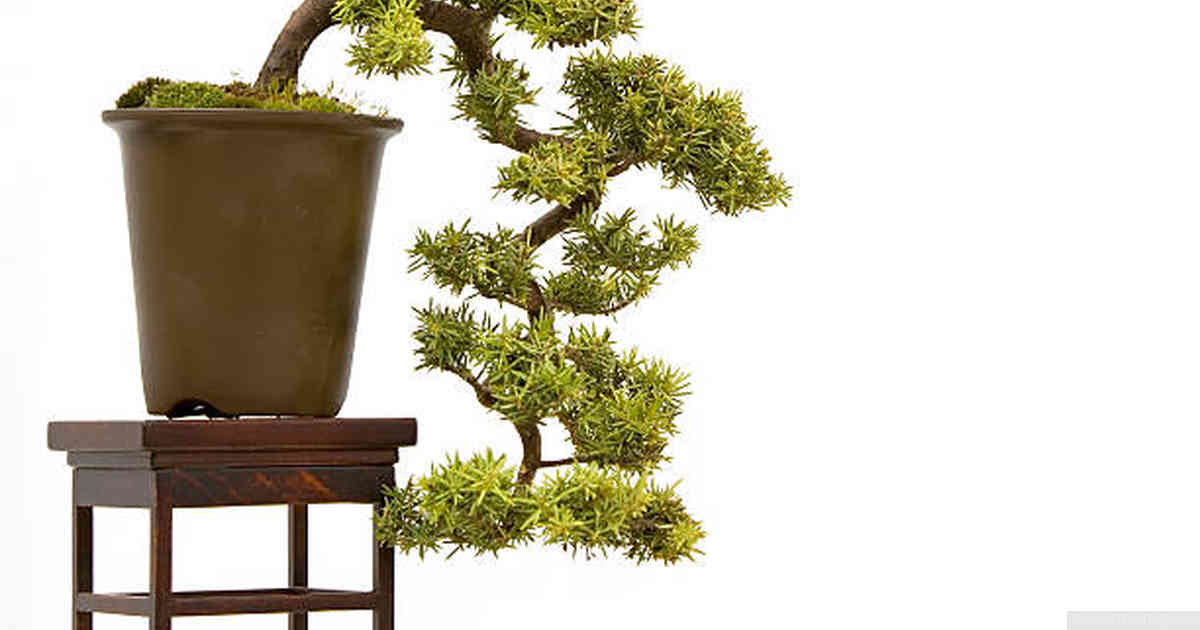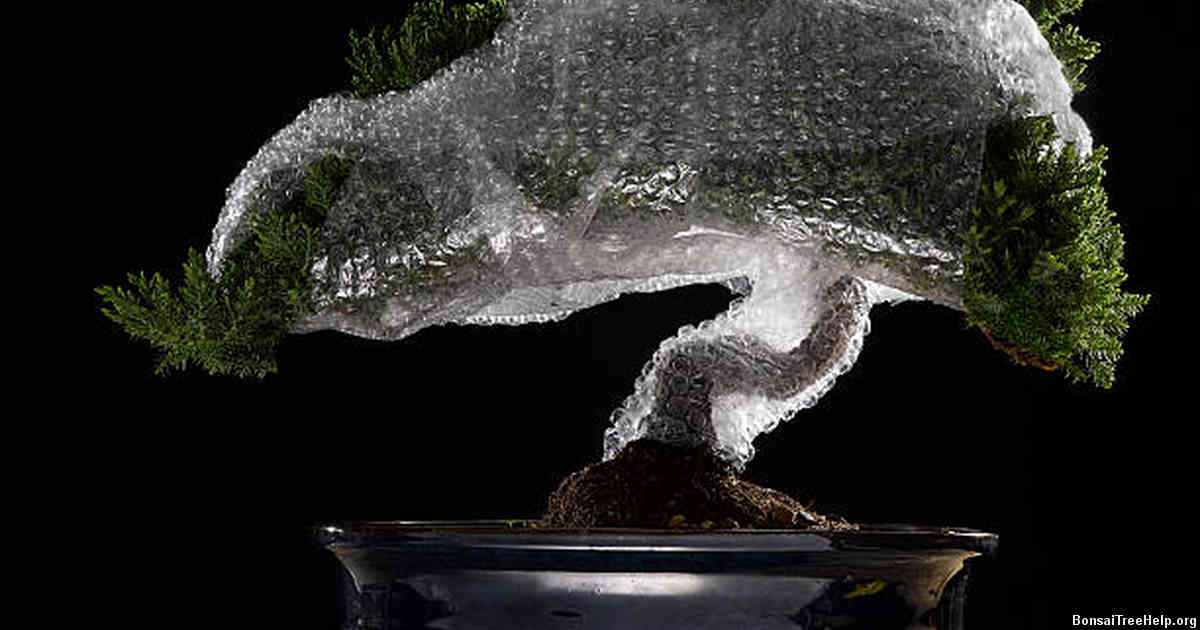
In order for a bonsai to thrive, it needs at least 6 hours of direct sunlight each day. If the tree is placed outside in the sun, then there is no need for artificial light sources. However, if your bonsai is kept indoors or receives less than 6 hours of direct sunlight daily, additional lighting may be needed. An ideal light source would be high-quality full spectrum fluorescent lamps that emit UVA and UVB rays. Positioning the lights at least 15 cm away from the leaves will help provide enough intensity without damaging them. Using natural daylight bulbs that simulate natural outdoor lighting can also help provide adequate levels of light for your bonsai to thrive.
Contents:
- The Importance of Proper Lighting for Bonsai Growth
- The Basics of Light Measurement for Optimal Bonsai Growth
- Optimizing Natural Sunlight for Your Bonsai Tree
- Supplementing Natural Light with Artificial Light Sources
- Understanding the Role of Color Temperature in Bonsai Growth
- Choosing the Best LED Lights for Indoor Bonsais
- Avoiding Common Mistakes in Providing Adequate Lighting for Your Bonsai
The Importance of Proper Lighting for Bonsai Growth

Lighting is an essential element in growing a bonsai, and it can easily be taken for granted. Just as humans need proper exposure to sunlight in order to stay healthy, bonsais require light to survive and thrive. Because most species of bonsai prefer being outside rather than indoors, the sun’s rays provide the most ideal type of lighting. To ensure that your bonsai receives adequate natural light from the sun, it should receive between four and six hours of bright indirect sunlight every day – this will allow the tree enough warmth and energy for growth.
When considering how much direct sunlight should be given to a bonsai, keep in mind that too much intense direct sunlight can easily harm its delicate leaves. If your plant is prone to burning or scorching under too much heat, it may be best to place it in a shaded spot with some protection against strong winds. Alternatively, you could opt for artificial lighting solutions such as fluorescent lights or high-intensity discharge lamps that would help maintain optimal illumination levels during winter months when there isn’t as much natural light available. These artificial lighting options are especially helpful if you plan on keeping your bonsai indoors all year round instead of letting them get accustomed to both indoor and outdoor environments over time.
No matter what kind of lighting system you decide is best suited for your needs and lifestyle, always remember that each species has different demands when it comes to its exposure requirements – so do some research beforehand so that you can make sure you give your tree only what it truly needs.
The Basics of Light Measurement for Optimal Bonsai Growth

When cultivating a bonsai, the right amount of light is essential for proper growth. Knowing how to measure and track light intensity is necessary in order to ensure that your bonsai gets enough sunlight or artificial lighting for optimal growth. It may seem like a daunting task, but understanding some basic principles about measuring light will help you determine when your bonsai needs more or less of it.
The first step in measuring the intensity of light hitting your bonsai is determining the type of lighting conditions you are dealing with. Is it natural sunlight? Artificial LED lights? Fluorescent bulbs? Each type has its own metrics and units of measurement so they must be taken into account. Once you understand what kind of lighting condition you are working with, you can then begin to use tools such as lux meters to measure the actual level of brightness on a given surface area (say, your windowsill). From there, you can adjust or move around fixtures and plants until all requirements have been met.
Another important part in tracking light intensity for bonsais is learning about its spectrum range: specifically UVB-blue-green-red frequencies which affects leaf coloration and photosynthesis rates respectively; UVA radiation determines which type of flower will bloom from certain cultivars; and infrared wavelengths which promotes flowering quality among other things. Understanding these ranges allows for better decision making when choosing different types of lights (e.g. fluorescent versus HID) based on what effect they have on each particular species used in growing a bonsai tree.
Optimizing Natural Sunlight for Your Bonsai Tree

Caring for a bonsai tree requires the right amount of light. While there is no one size fits all solution, understanding how to optimize natural sunlight for your bonsai can be a great first step in creating the best environment for it. By positioning your bonsai near an open window that receives direct sunlight, you can ensure that your plant gets enough daily exposure without burning its delicate foliage. The intensity and duration of the sun’s rays vary greatly depending on the season and climate conditions. You should monitor changes in ambient lighting levels and use shading if necessary to protect against strong or prolonged sunlight when temperatures are high. Placing a thin cloth over your bonsai during certain hours of day may help diffuse harshness of direct sunshine while allowing sufficient light to still reach it. It’s also important to remember that most types of bonsais will benefit from exposure to indirect sunlight throughout the day since this type does not have significant negative effects due to temperature variations like direct sunlight does.
Regular pruning helps keep branches healthy by removing damaged leaves and deadwood which allows more light into center branches otherwise blocked by larger ones, promoting even growth overall. Clearing away debris such as fallen leaves creates space around bottom part of trunk so it can get optimal levels of radiated heat during cooler months when indoor heating might be insufficient.
Supplementing Natural Light with Artificial Light Sources

To grow a bonsai successfully, supplementing natural light with artificial sources is an essential part of the process. Sunlight alone typically isn’t sufficient for indoor bonsais, even when placed next to a sunny window. Because each species requires different levels of lighting and various wavelengths, choosing the correct artificial light source is necessary to ensure healthy growth.
High Intensity Discharge (HID) lamps are a great option because they are efficient and allow you to fine-tune the intensity of lighting according to the species’ needs. HID lamps emit broad spectrum lighting covering UV rays, which promotes rapid photosynthesis necessary for healthy roots and foliage growth. HID bulbs can be suspended above bonsais at close distance without creating too much heat or burning delicate leaves – both issues present in other lighting options such as LED lights or fluorescent tubes.
The type of lamp that you choose should also take into account your budget considerations since some HID solutions can be more expensive than others on initial purchase costs but tend to cost less over time due to their efficiency levels. When it comes down to affordability, it’s important consider these long-term savings versus immediate ones as every penny makes a difference in caring for and maintaining your bonsai tree’s health.
Understanding the Role of Color Temperature in Bonsai Growth

Lighting is one of the most crucial elements for bonsai growth. The amount and intensity of light are both essential factors, but it’s also important to understand the role of color temperature. Generally speaking, bonsai species can be divided into two types – tropical/subtropical and temperate/cold hardy. Each type responds differently to different ranges of lighting temperatures due to their unique biology.
For warm-weather species such as Ficus retusa or Fukien Tea, cool white lights with a color temperature below 5,000K should be used; these lights will promote flowering and help prevent stressing out the foliage in bright direct sunlight. On the other hand, temperate/cold hardy species like Japanese Maples need strong blue light that has a higher K rating around 6500-8000K; this will help them grow more leafy branches during growing season while keeping the plant safe from frost.
When choosing the right lighting system for your bonsai tree, it’s best to go with specialized LED lights that have adjustable spectrums so you can switch between warm whites and blues depending on what type of tree you’re growing. Although these kinds of fixtures tend to cost more up front, they last much longer than traditional incandescent bulbs or fluorescent tubes which makes them well worth considering if you want optimal growth results from your plants.
Choosing the Best LED Lights for Indoor Bonsais

When selecting LED lights for a bonsai, one should take into consideration the amount of lumens needed to achieve optimal growth conditions. The requirements of each specific bonsai species must be taken into account when deciding which lighting option is best. For instance, some trees require more intensity than others; coniferous plants typically need more lumens than deciduous varieties. Different times in a tree’s life cycle will necessitate varying levels of light exposure.
The type and size of the room containing the bonsai should also be considered prior to investing in new lighting fixtures. Smaller rooms may not be able to hold strong-lumen lamps that are capable of supplying sufficient light at certain distances from the plant; however, it is possible to add extra reflectors or even a shade over powerful bulbs in order to spread their beams across longer distances. On the other hand, large spaces can benefit from bright bulbs with long-lasting batteries or solar panels for replenishing energy stores throughout day and night cycles.
It is important to research various options available on the market before committing to any single product as quality varies greatly among manufacturers and price ranges often depend upon maximum brightness outputs alongside additional features such as dimming capabilities or automated timers and sensors for detecting changes in environmental factors like temperature or humidity levels that could affect a bonsai’s health. By following these simple tips, anyone can find an appropriate set of lights suitable for their needs without exceeding budget restrictions while still reaping abundant benefits associated with proper horticulture lighting techniques.
Avoiding Common Mistakes in Providing Adequate Lighting for Your Bonsai

Bonsai owners must be aware of the potential pitfalls when it comes to providing adequate lighting for their plants. Without proper illumination, even the best cared-for bonsai can suffer from disease, yellowing leaves and other health problems. To ensure your bonsai grows healthy and strong, consider the following common mistakes often made by novice growers.
It’s easy to forget that trees need light during night hours too – this means considering ambient light sources such as street lamps or nearby houses that could cause disruption in a tree’s normal light cycle. When attempting artificial lighting solutions, people tend to assume higher wattages mean more light production; however this isn’t always true as not all types of lights produce usable spectrums for photosynthesis. For instance fluorescent tubes emit mainly blue and green but lack red which is essential for growth. Instead choose LED grow lights specifically designed to promote plant development or an automatic sun lamp that turns itself on and off according to a predetermined schedule mimicking natural daylight patterns if you prefer a hands-off approach.
Never leave your tree in direct sunlight without additional shade provided by shelter or white sheet fabric –especially during summer days– as this can cause shock from sudden temperature changes and leaf scorching due to UV overexposure. Sunlight should only be used when all other options have been exhausted due to limited space issues such as with indoor potted bonsais.
Leave a Reply